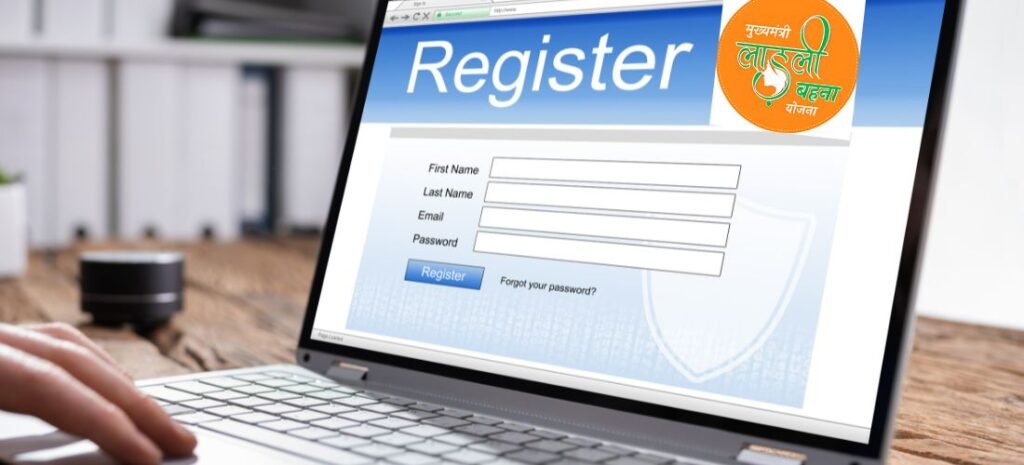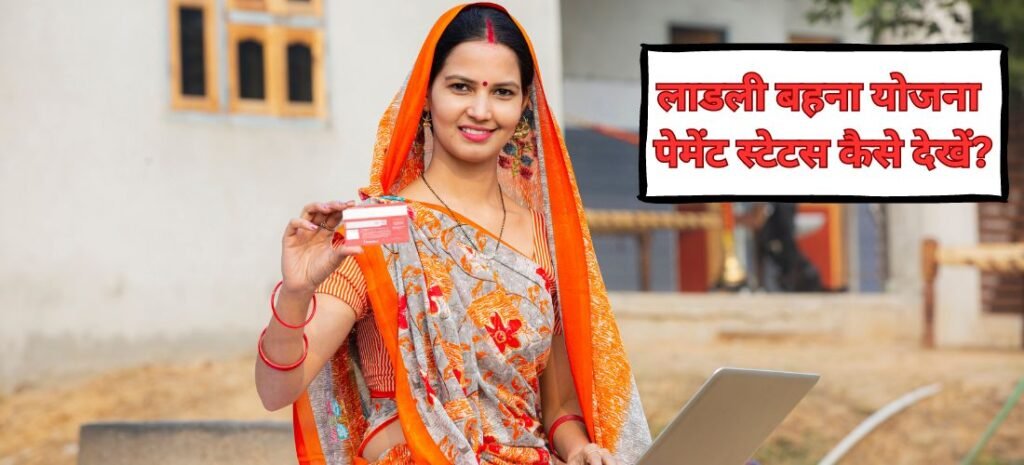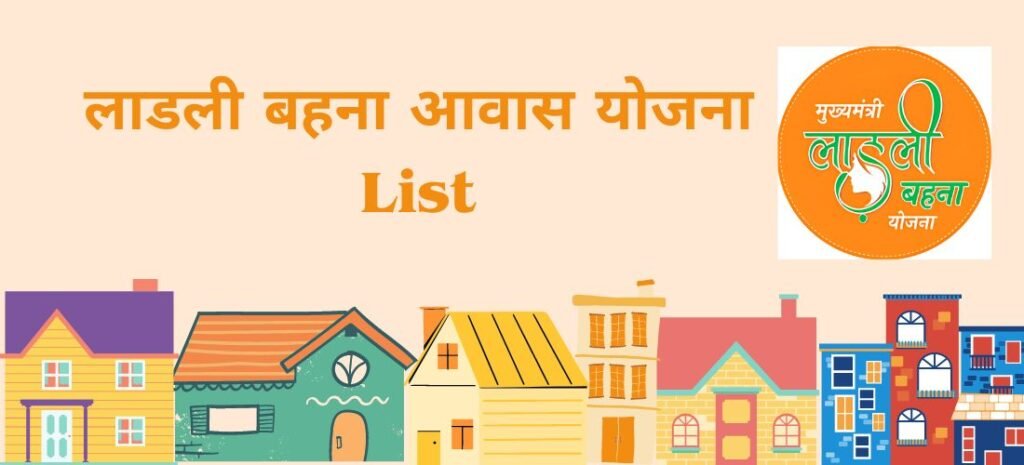In a world filled with endless content, fast choices stand out. Quick taps, short sessions, rapid results — they don’t just entertain. They reflect how we think, what we notice, and how we respond to timing, emotion, and attention. And that tells us more than we expect.
The Smallest Actions Are Often the Most Revealing
Most people underestimate how much a brief session can show. A few quick interactions — a spin, a pause, a repeat — can reflect larger mental habits. Are you reacting quickly or waiting? Are you aware of your own rhythm?
When you engage with a platform built around timing and flow, you start to see that the experience isn’t random. It follows how you feel. A site like https://pari-bet-mobile.com/slots/ isn’t just designed to look good — it’s structured to work with natural human patterns: attention, reaction, rest.
When that happens, you’re not just spending time. You’re learning how you use it.
Short Interactions Sharpen Self-Awareness
In a long experience, attention drifts. But in short, outcome-based formats, your choices are concentrated. You begin, respond, and end — often in less than two minutes. That compression creates clarity.
Many users find that these quick rounds help them better notice when they feel calm, reactive, distracted, or sharp. They start recognizing their own thresholds: when they’re making intentional decisions and when they’re simply reacting to momentum.
And that awareness matters. Because once you see your own timing, you start to shape it. You don’t need strict rules — just a sense of what your own patterns feel like. You keep what feels good and adjust what doesn’t.
Fast Doesn’t Mean Chaotic — It Means Defined
One of the most misunderstood things about fast-play digital tools is the idea that they’re impulsive by nature. But the opposite is often true. The best-designed ones are clean, smooth, and respectful of time. They let the user stay in control.
When sessions are short, the user decides the pace. One moment of interaction, one result, one choice to continue — or not. You’re not stuck in loops. You’re stepping into short, self-contained experiences that end when you choose.
This sense of rhythm is what makes the experience rewarding. Not just for the outcome but for the feeling of presence — that rare state where action matches the intention.
How You Exit Matters As Much As How You Start
Most digital platforms focus on onboarding — the beginning. But the exit is just as important.
Good design makes that moment feel natural. It doesn’t pressure you. It offers closure, not confusion. And that experience — finishing well — makes people return, not out of urgency but because they remember feeling in control.
Regular users often say the best sessions are the ones they choose to end at the right moment. That moment differs for everyone. But recognizing it is part of what makes the experience personal — and repeatable.
Freedom Is What Builds Loyalty
What keeps someone coming back isn’t just results — it’s respect. When a platform allows you to engage on your own terms, without pressure or disruption, it earns something rare: trust.
You’re not there because you have to be. You’re there because the format fits your mood, your timing, and your space. That flexibility becomes part of the habit. It doesn’t demand focus — it rewards it.
Whether you stay for two minutes or twenty, the experience feels balanced when it respects boundaries. And that’s the difference between repeat use and regret: the sense that you chose the pace, not the platform.
Conclusion: Your Pattern Is the Product
In the rush of fast outcomes, it’s easy to overlook what really forms the experience. But when you step back, you see it: the real product is your rhythm. Your way of entering, reacting, pausing, and leaving.
Fast digital formats, when well-built, don’t just create stimulation — they give you a space to understand how you process feedback, how you respond under time pressure, and how much control you’re actually comfortable using.
That kind of quiet awareness doesn’t always shout. But it sticks with you. And over time, it becomes part of how you choose — not just online, but everywhere.



